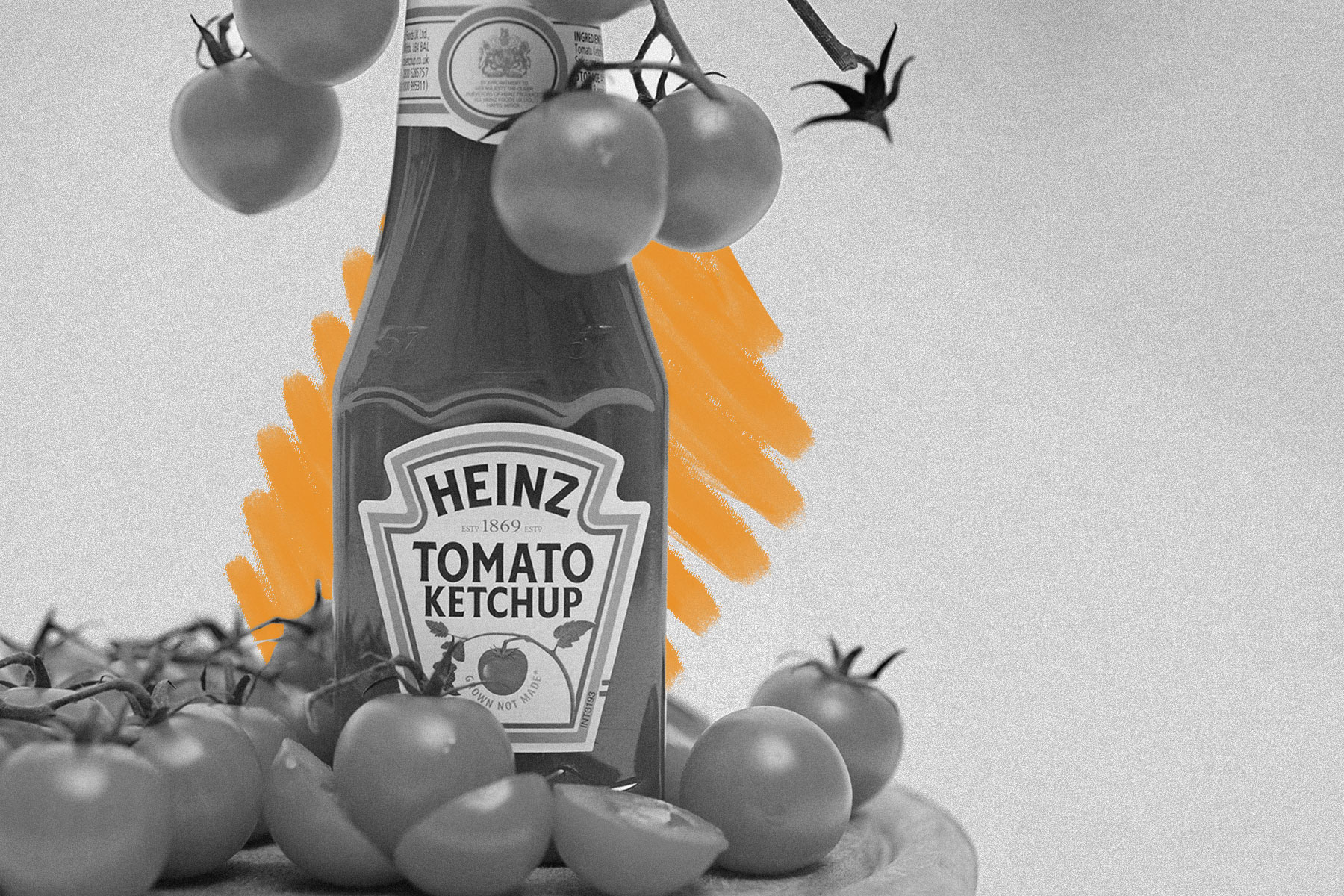Long before tomatoes were eaten in salads and sliced on sandwiches, they were advertised as medicine. |
| |
| |
|
 |
|
| L ong before tomatoes were eaten in salads and sliced on sandwiches, they were advertised as medicine. In the early 1800s, many Americans found tomatoes unappetizing, and some even believed they were poisonous. That perception began to change in 1834, after Ohio physician John Cook Bennett advertised tomatoes as a medical panacea. Bennett propagated the idea that tomatoes could cure indigestion, jaundice, and other ailments, even though his claims proved untrue. He also debuted tomatoes in a new pill form, solidifying the fruit's dubious reputation as a medicinal tonic. The tomato health fad faded in the 1850s, but the versatile fruit saw a resurgence as a culinary treat soon after, thanks in part to the introduction of a new tomato-based condiment: ketchup. |
|
|
| The first recipe for tomato-based ketchup was published by Philadelphia scientist James Mease in 1812, but the condiment didn't really take off until the F. & J. Heinz Company released its ketchup in 1876. While previous ketchups decomposed too quickly, Heinz used vinegar in the preservation process, which made the condiment more shelf stable. Heinz ketchup was sold in the now-iconic clear glass bottles, chosen to showcase the product's purity. Starting in 1896, Heinz (by then rebranded as the H.J. Heinz Company) began featuring the number "57" on its packaging, though it had nothing to do with the number of varieties sold. Founder Henry John Heinz chose "57" for the branding because it combined his lucky number, five, with his wife's favorite number, seven. |
|
 |  |
|
|
 |
|
| |
|
| Tomato varieties grown worldwide | | | 10,000+ |
| | | Speed (in miles per hour) at which ketchup flows out of Heinz glass bottles | | | .028 |
| | | Speed (in miles per hour) at which ketchup flows out of Heinz glass bottles | | | .028 |
|
|
|
| Year a Heinz employee coined the term "quality control" | | | 1912 |
| | | Tomato seeds sent into space as part of the Tomatosphere project | | | 600,000 |
| | | Tomato seeds sent into space as part of the Tomatosphere project | | | 600,000 |
|
|
|
 |
|
 | | Did you know? |
|
|
The Supreme Court declared tomatoes are vegetables. |
|
| In a botanical sense, tomatoes are classified as fruits, because they contain seeds and grow from a flowering plant. But legally, the U.S. Supreme Court established a different truth. The decision stemmed from the Tariff Act of 1883, which required taxes on imported vegetables, whereas imported fruits remained tax-free. That law was tested during the 1893 case Nix v. Hedden, in which the Nix family — who sold produce in New York City — sued Edward Hedden, the tax collector at the Port of New York. The Nixes claimed they were being unfairly taxed on tomato fruits, and sought to recover fees they had incurred. However, the Supreme Court sided with Hedden by a unanimous 9-0 vote, ruling that the Tariff Act extended to tomatoes. Justice Horace Gray wrote that while tomatoes are "fruit of a vine," they're treated as vegetables in "the common language of the people." |
|


Lainnya dari

















0 comments:
Post a Comment